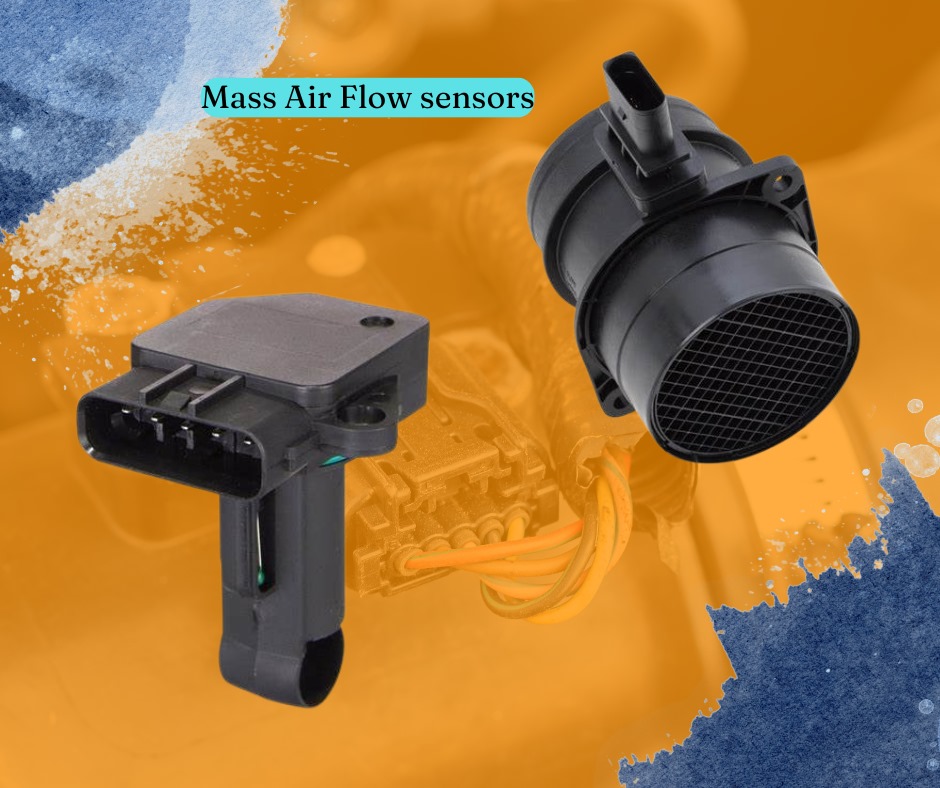Signs Your Air Mass Flow Sensor Needs Replacement

Discover the critical indicators that your vehicle's air mass flow sensor may be failing, and why timely detection is key to maintaining engine health and efficiency.
Understanding the Role of an Air Mass Flow Sensor
The air mass flow sensor, also known as the mass airflow (MAF) sensor, plays a pivotal role in your vehicle's engine management system. It measures the volume and density of air entering the engine, providing the necessary data to the Engine Control Unit (ECU) for calculating the optimal air-fuel mixture. When functioning properly, the MAF sensor ensures your engine runs efficiently, with minimal emissions and maximum performance.
A properly functioning sensor is vital for engine timing, ignition system, and fuel injection processes. It helps maintain a balance between fuel economy and power output. Without accurate readings from the air mass flow sensor, the ECU cannot make correct adjustments, which can lead to various engine performance issues.
Decreased Fuel Efficiency: A Prime Indicator of Sensor Trouble
One of the most noticeable signs of a malfunctioning air mass flow sensor is a significant decrease in fuel efficiency. If your vehicle suddenly starts consuming more fuel than usual, it could be due to the sensor sending incorrect data to the ECU, causing the engine to use more fuel to maintain power. This inefficiency can be subtle at first but becomes more pronounced as the sensor's condition worsens.
Monitoring your vehicle's fuel economy is an easy way to keep an eye on the health of the air mass flow sensor. Any consistent drop in miles per gallon should prompt a diagnostic check to determine if the MAF sensor is at fault.
Rough Idling and Stalling: Symptoms of Sensor Failure
A faulty air mass flow sensor can lead to rough idling, where the engine sputters or vibrates more than usual while running at a stationary position. This roughness is due to the incorrect air-fuel mixture being delivered to the engine, causing misfires and uneven power delivery. Additionally, stalling becomes a possibility if the sensor fails to provide accurate airflow data, potentially leading to unsafe driving conditions.
When experiencing these symptoms, it is crucial to address them promptly. Ignoring rough idling and stalling can result in more severe engine damage, leading to more costly repairs down the line.
Check Engine Light and Error Codes Related to Air Flow
The activation of the check engine light is often the first sign of trouble that drivers notice. If the issue is related to the air mass flow sensor, the ECU will trigger the light and store corresponding error codes. These codes can be retrieved using an OBD-II scanner, which will point toward specific issues with the MAF sensor, such as circuit malfunctions or performance problems.
Error codes related to the MAF sensor often start with 'P0100' series. For example, a P0101 code indicates a performance problem, while a P0102 may suggest a low input from the sensor. Professional diagnostics can help decipher these codes and confirm whether the sensor is indeed the culprit.
Steps to Take When Your Sensor Needs Replacing
Once a faulty air mass flow sensor has been diagnosed, replacing it is often the best course of action to restore engine performance and fuel efficiency. It's essential to choose a quality replacement part that matches your vehicle's specifications. Installation typically involves disconnecting the battery, removing the old sensor, and securing the new one in place. However, this process can vary depending on the make and model of your vehicle.
After the replacement, it's advisable to clear any error codes from the ECU and perform a test drive to ensure the issue has been resolved. If you're not comfortable conducting this repair yourself, seek the help of a professional mechanic to ensure the replacement is done correctly and safely.

 Loading..
Loading..